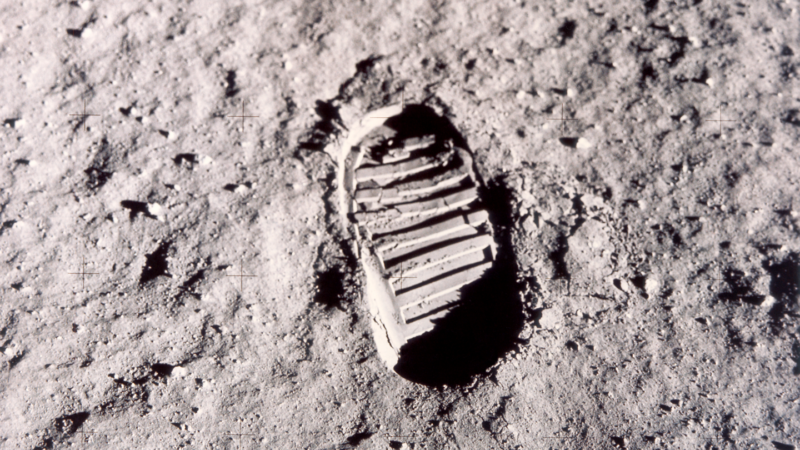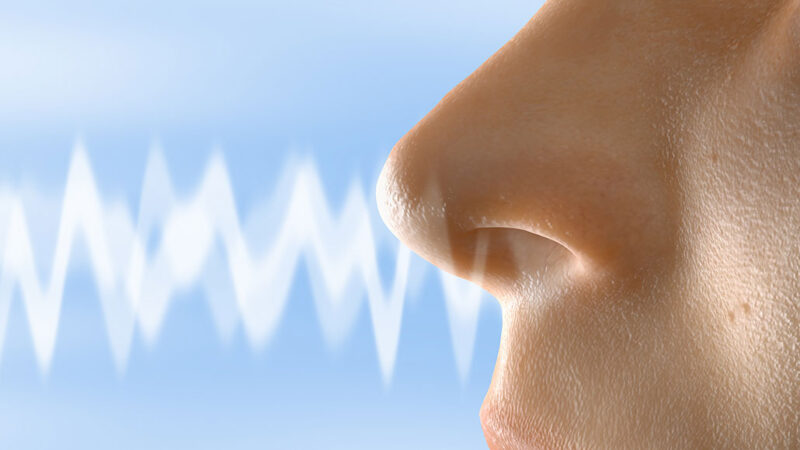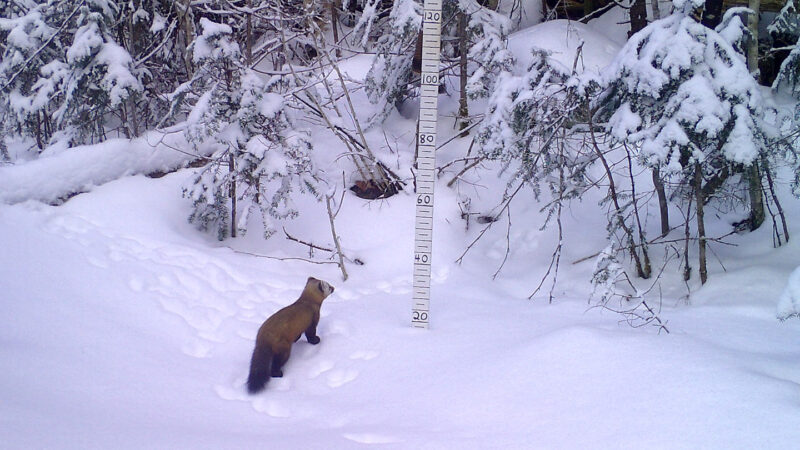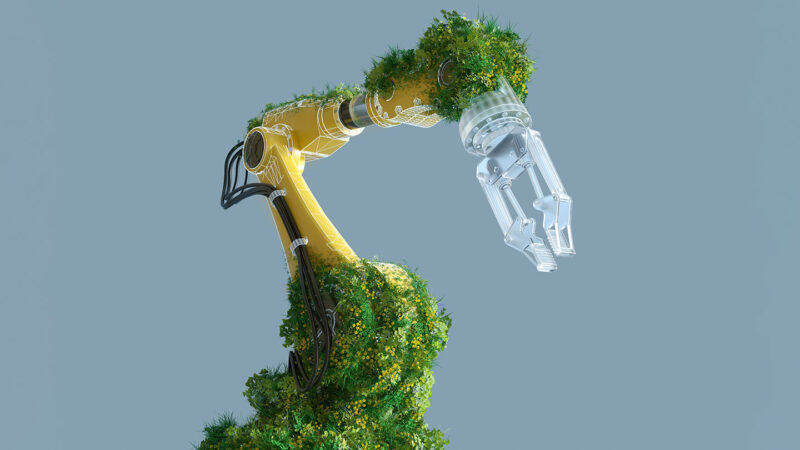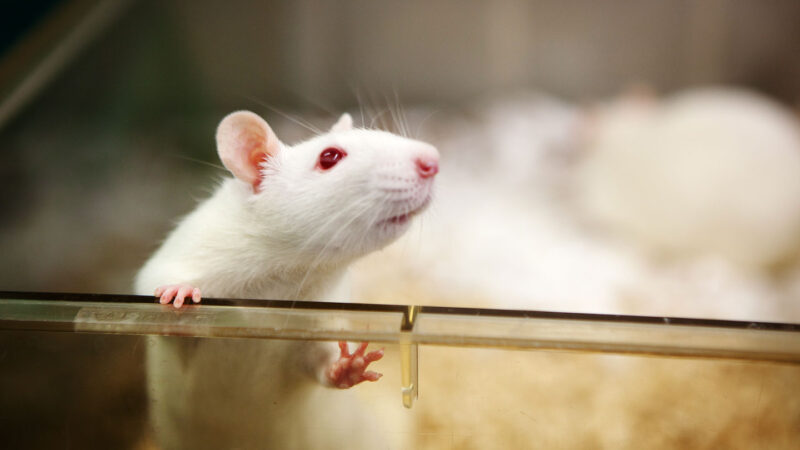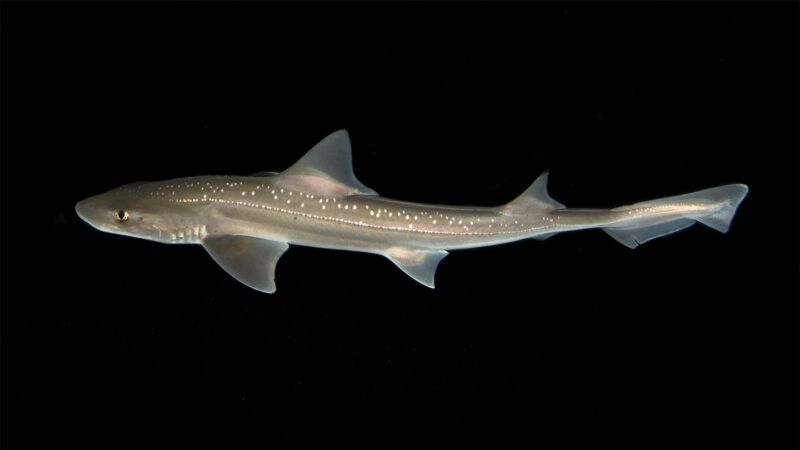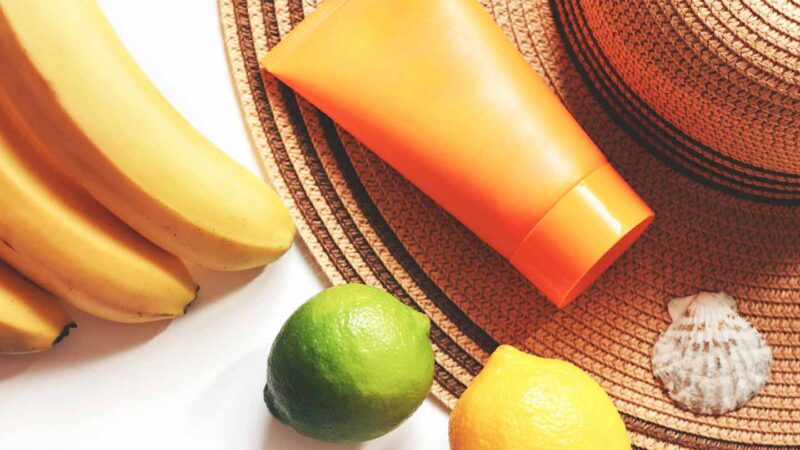Let’s learn about radiocarbon dating
Say you’re an archaeologist, and you’re studying an ancient skeleton, pair of pants or piece of poop. You want to know just how old that object is, so you can…
Analyze This: In movies, wetlands often get a bad rap
In The Lord of the Rings: The Two Towers, Frodo Baggins travels through the Dead Marshes on his way to fulfill his quest: to destroy a very powerful ring. As…
This zombie star’s spiky filaments are baffling astronomers
Some 6,500 light-years from Earth lurks a zombie star. It’s cloaked in long tendrils of hot sulfur. Skywatchers saw this star go supernova nearly 900 years ago. No one knows…
Scientists Say: Regolith
Regolith (noun, “RAY-go-lith”) Regolith is the layer of loose rocks and dust on the surface of moons, asteroids and rocky planets — including Earth. This blanket of fine material comes…
A single sniff is enough to detect slight odor changes
The sniffs we take to identify a smell last from one to three seconds. But is it possible for us to detect odor changes in an even shorter time? Yes,…
There’s life beneath the snow — but it’s at risk of melting away
A soft, thick coat of snow makes a lot of the world seem to slow down or even stop — at least temporarily. The fluffy piles absorb sound and make…
Plant and fungi parts help robots level up
In the TV series Doctor Who, treeborgs supply fresh air to spaceship passengers. Part tree, part robot, these devices convert starlight into oxygen. In Nnedi Okorafor’s novel Zahrah the Windseeker,…
What happens to astronauts’ DNA in space?
Abstract Space is a really cool place. It is even becoming popular as a tourist destination! But space is also a dangerous place. Floating around sounds fun, right? But weightlessness…
U.S. teen tobacco use has hit a record low
Tobacco products are attracting fewer U.S. teen and tween users than at any other time in the last 25 years. The latest numbers come from the 2024 National Youth Tobacco…
Explainer: What is the internet?
Buzz! Your smart watch alerts you of a new social media post from a friend. She just shared a video of her dog jumping in mud. You comment: You…
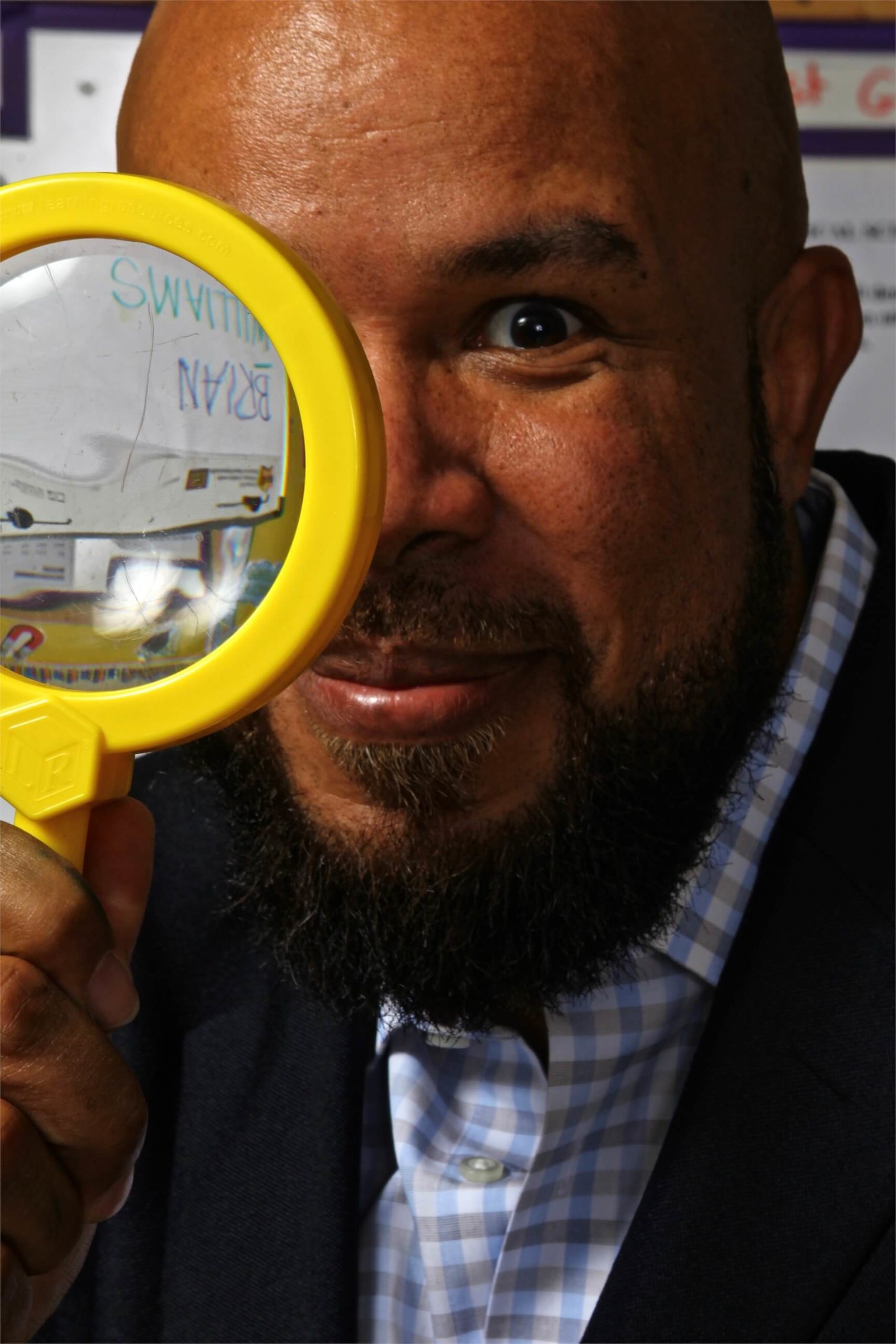
Get to Know
Brian Williams
recent post
follow us
QUICK LINK
GET INTOUCH
- randy.patel@mail.com
-
LA-Studio
2231 Redbud Drive
Whitestone, NY 11357
Copyright 2022 by LA-Studio
Supported by




